This is not the most flexible workaround but will work for your question specifically.
def sephist(col):
yes = df[df['group'] == 'yes'][col]
no = df[df['group'] == 'no'][col]
return yes, no
for num, alpha in enumerate('abcd'):
plt.subplot(2, 2, num)
plt.hist(sephist(alpha)[0], bins=25, alpha=0.5, label='yes', color='b')
plt.hist(sephist(alpha)[1], bins=25, alpha=0.5, label='no', color='r')
plt.legend(loc='upper right')
plt.title(alpha)
plt.tight_layout(pad=0.4, w_pad=0.5, h_pad=1.0)

You could make this more generic by:
- adding a
df and by parameter to sephist: def sephist(df, by, col)
- making the subplots loop more flexible:
for num, alpha in enumerate(df.columns)
Because the first argument to matplotlib.pyplot.hist can take
either a single array or a sequency of arrays which are not required
to be of the same length
...an alternattive would be:
for num, alpha in enumerate('abcd'):
plt.subplot(2, 2, num)
plt.hist((sephist(alpha)[0], sephist(alpha)[1]), bins=25, alpha=0.5, label=['yes', 'no'], color=['r', 'b'])
plt.legend(loc='upper right')
plt.title(alpha)
plt.tight_layout(pad=0.4, w_pad=0.5, h_pad=1.0)





